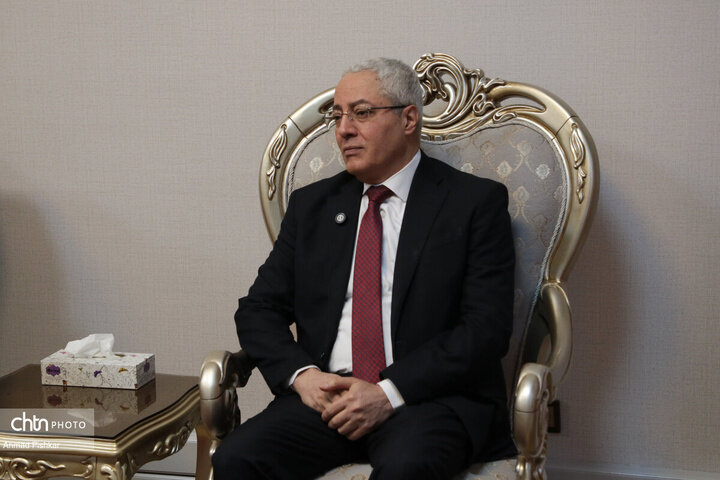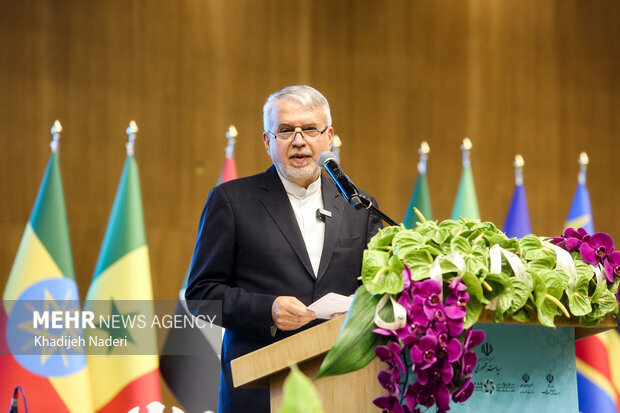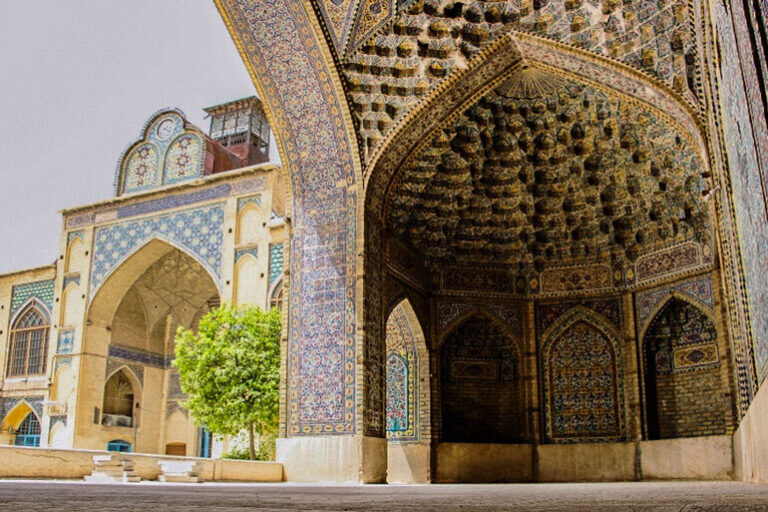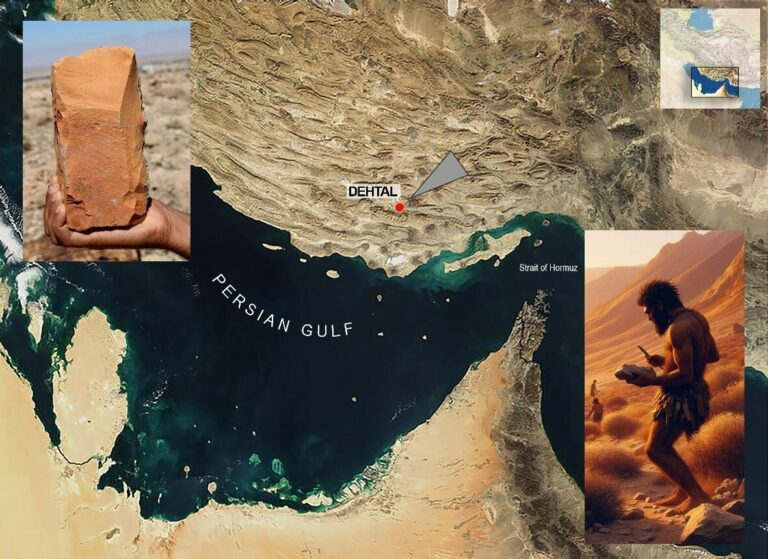
Similar Posts

Minister Showcases Isfahan’s Rich Cultural Heritage at Iran-Africa Conference
At the Third Iran-Africa Economic Cooperation Conference in Isfahan, Iranian officials underscored the significance of cultural and economic ties with Africa. Minister Seyyed Reza Salehi-Amiri welcomed delegates from 38 African nations, emphasizing Isfahan’s rich heritage as a hub of art and economic potential. He called for increased cooperation, acknowledging Africa’s deep-rooted civilization and immense opportunities. Salehi-Amiri addressed the challenge of “Iranophobia,” while promoting Iran’s tourism sector, boasting over one million historical sites. This five-day conference aimed to foster partnerships, showcasing Isfahan as a cultural and economic beacon, and is expected to enhance collaboration between the two regions.

Historic Qajar-Era Moshir Mosque in Shiraz Set for Stunning Restoration
A restoration project for the Moshir Mosque, a notable Qajar-era landmark in Shiraz, is set to begin to preserve its architectural heritage. Fars province’s tourism chief, Mohammad Sabet-Eqlidi, announced a budget of 30 billion rials to focus on structural and aesthetic improvements, including repairs to walls, ceilings, and windows. Other historic mosques in Shiraz, like Vakil Mosque and Nasir al-Molk Mosque, are also slated for restoration with similar funding. Iran aims to register 34 historic mosques, showcasing architectural evolution for UNESCO recognition, highlighting their significance in Islamic heritage and architecture.

Revolutionary Aerial Mapping Unveils Jiroft’s Hidden Archaeological Treasures for the First Time!
For the first time, aerial mapping has been conducted over the archaeological sites in Jiroft, Iran, known for its Bronze Age ruins from the 3rd millennium BC. This initiative enhances documentation and preservation efforts at the ancient city of Old Jiroft and Qal’eh Kuchak. Officials emphasize the need for global recognition of Jiroft’s cultural heritage, which is considered a cradle of civilization. Despite its historical significance, geological factors have limited tourist interest. Recent discoveries following floods have revealed ancient artifacts, prompting local efforts to explore and protect the site’s rich history and cultural legacy.

Tehran Unveils Stunning New Geographical Atlas of the Persian Gulf
The unveiling of the first geographical atlas of the Persian Gulf at the Mostazafan Foundation marks a significant advancement in documenting the region’s maritime heritage. Featuring 35 historical maps by European geographers, the atlas highlights the Persian Gulf’s rich maritime culture. Hamidreza Soleimani, CEO of Dafeeneh Museums Institute, emphasized its scholarly rigor and accuracy. The atlas results from collaboration among various Iranian organizations and will be complemented by future volumes. Soleimani announced that 50 historical maps will soon be publicly displayed. The event coincided with Persian Gulf National Day, honoring the region’s historical significance and cultural legacy.
Niavaran Unveils Exciting Photogrammetry Project to Preserve Iconic Artifacts
The Niavaran Cultural-Historical Complex in northern Tehran is launching a project to document its artifacts using advanced photogrammetry techniques, enhancing preservation and accessibility of Iran’s cultural treasures. Bijan Moqaddam, the complex’s director, emphasized the importance of modern technology in protecting heritage. The project aims to improve public access, create an online archive, and implement conservation strategies for over 100 key objects. Photogrammetry, a non-contact method that produces high-resolution 3D models, is highlighted for its efficiency and accuracy. This initiative sets a precedent for other museums, promoting digital archives and collaboration in cultural heritage preservation.
